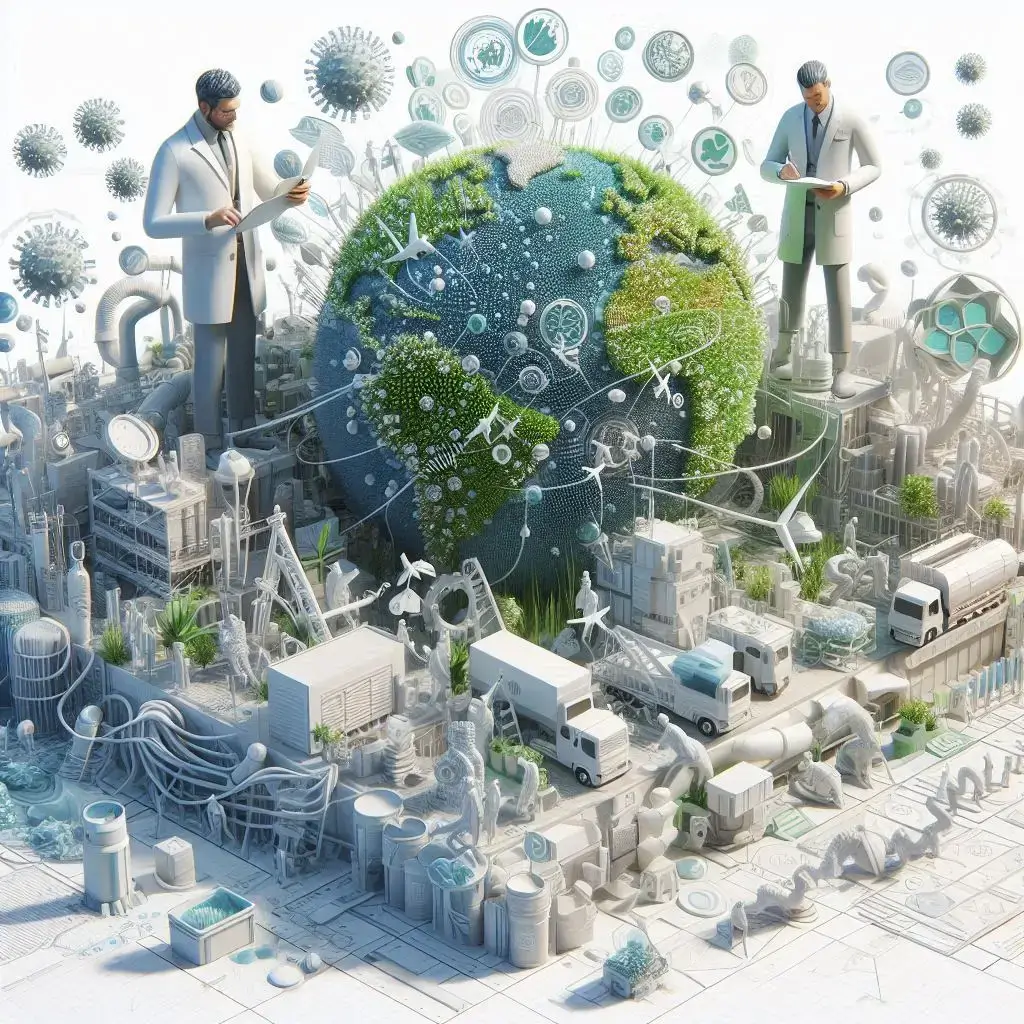Global Warming and Heatwaves
Introduction
Global warming is an escalating issue that has profound implications for our planet. One of the most immediate and noticeable effects of global warming is the increase in the frequency and intensity of heatwaves. These extreme weather events have far-reaching consequences on human health, ecosystems, and economies. In this comprehensive article, we will delve into the intricate relationship between global warming and heatwaves, exploring the causes, impacts, and potential solutions.

Read Effects of Global warming on sea levels
Understanding Global Warming
What is Global Warming?
Global warming refers to the long-term increase in Earth’s average surface temperature due to human activities, primarily the emission of greenhouse gases such as carbon dioxide (CO2), methane (CH4), and nitrous oxide (N2O). These gases trap heat in the atmosphere, leading to a gradual rise in temperature.
Causes of Global Warming
- Burning of Fossil Fuels: The combustion of coal, oil, and natural gas for energy production is the largest source of greenhouse gas emissions.
- Deforestation: The clearing of forests for agriculture and urban development reduces the number of trees that can absorb CO2.
- Industrial Processes: Manufacturing and industrial activities release significant amounts of greenhouse gases.
- Agriculture: Livestock farming produces methane, while the use of synthetic fertilizers releases nitrous oxide.
Impacts of Global Warming
- Rising Sea Levels: Melting polar ice caps and glaciers contribute to higher sea levels, threatening coastal communities.
- Extreme Weather Events: Increased frequency and severity of hurricanes, droughts, and floods.
- Loss of Biodiversity: Many species are unable to adapt to rapidly changing temperatures, leading to extinction.
- Human Health Risks: Heatwaves, respiratory issues, and the spread of diseases.
Heatwaves: A Direct Consequence of Global Warming
What are Heatwaves?
Heatwaves are prolonged periods of excessively hot weather, often accompanied by high humidity. They are characterized by temperatures significantly above the average for a given region and time of year.
Causes of Heatwaves
- High-Pressure Systems: These systems trap warm air in a region, preventing it from dissipating.
- Urban Heat Islands: Cities tend to be warmer than rural areas due to human activities and infrastructure.
- Climate Change: Global warming increases the likelihood and intensity of heatwaves.
Impacts of Heatwaves
- Health Risks: Heat exhaustion, heatstroke, and dehydration are common during heatwaves.
- Agricultural Damage: Crops can wither and die, leading to food shortages.
- Wildfires: Dry conditions and high temperatures create ideal conditions for wildfires.
- Economic Losses: Increased energy consumption for cooling, reduced productivity, and damage to infrastructure.
Mitigating Global Warming and Heatwaves
Reducing Greenhouse Gas Emissions
- Renewable Energy: Transitioning to solar, wind, and hydroelectric power.
- Energy Efficiency: Improving the energy efficiency of buildings, vehicles, and appliances.
- Reforestation: Planting trees to absorb CO2 from the atmosphere.
- Sustainable Agriculture: Implementing practices that reduce methane and nitrous oxide emissions.
Adaptation Strategies
- Heatwave Preparedness: Developing early warning systems and heat action plans.
- Urban Planning: Designing cities to reduce the urban heat island effect.
- Water Management: Ensuring adequate water supply during heatwaves.
- Public Awareness: Educating the public about the risks and precautions during heatwaves.
Conclusion
Global warming and heatwaves are interlinked phenomena that pose significant challenges to our planet. By understanding the causes and impacts of these issues, we can take informed actions to mitigate their effects. Transitioning to renewable energy, improving energy efficiency, and implementing adaptation strategies are crucial steps in addressing global warming and reducing the frequency and severity of heatwaves.
FAQ – Global Warming and Heatwaves
1. What is the main cause of global warming?
The main cause of global warming is the emission of greenhouse gases, primarily from the burning of fossil fuels for energy production.
2. How do heatwaves affect human health?
Heatwaves can cause heat exhaustion, heatstroke, dehydration, and exacerbate existing health conditions, particularly in vulnerable populations.
3. What are some ways to reduce greenhouse gas emissions?
Some ways to reduce greenhouse gas emissions include transitioning to renewable energy sources, improving energy efficiency, reforestation, and adopting sustainable agricultural practices.
4. How can cities reduce the impact of heatwaves?
Cities can reduce the impact of heatwaves by implementing urban planning strategies that reduce the urban heat island effect, developing heat action plans, and ensuring adequate water supply.
5. What role does public awareness play in mitigating the effects of heatwaves?
Public awareness is crucial in mitigating the effects of heatwaves. Educating the public about the risks associated with heatwaves and the necessary precautions can help reduce health risks and improve community resilience.
Additional Resources
For those interested in learning more about global warming and heatwaves, here are some valuable resources:
- NASA Climate Change
- Intergovernmental Panel on Climate Change (IPCC)
- World Health Organization (WHO) – Climate Change and Health
- Environmental Protection Agency (EPA) – Climate Change
Key Takeaways
- Global warming is primarily caused by human activities such as the burning of fossil fuels, deforestation, and industrial processes.
- Heatwaves are prolonged periods of excessively hot weather and are a direct consequence of global warming.
- The impacts of global warming and heatwaves are far-reaching, affecting human health, ecosystems, and economies.
- Mitigating these effects requires a combination of reducing greenhouse gas emissions and implementing adaptation strategies.
- Public awareness and education are essential in preparing for and responding to heatwaves.
Final Thoughts
Addressing global warming and heatwaves is a complex but necessary endeavor. By taking proactive measures and fostering a collective effort, we can mitigate the adverse effects and build a more resilient future. As we continue to face the challenges posed by a changing climate, it is imperative to stay informed, take action, and advocate for sustainable practices.
References
- NASA Climate Change
- Intergovernmental Panel on Climate Change (IPCC)
- World Health Organization (WHO) – Climate Change and Health
- Environmental Protection Agency (EPA) – Climate Change
By understanding the intricate relationship between global warming and heatwaves, we can better prepare for the future and take meaningful action to protect our planet and its inhabitants. Together, we can make a difference.


